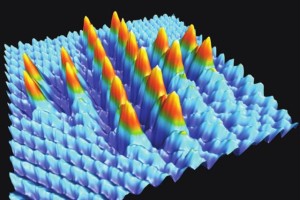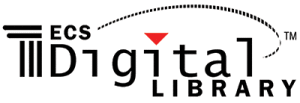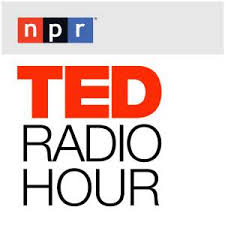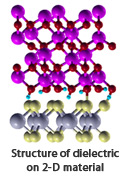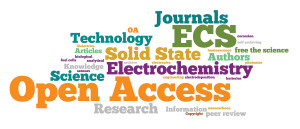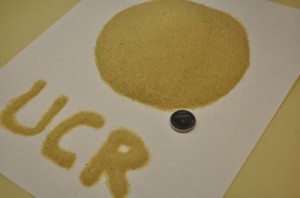My first ECS meeting ever was this past May in Orlando. It was a wonderful experience. Although a bit like getting pushed into the deep end. While we were there we created this video (first of two coming your way) about ECS meetings. I was forced to start talking to people — not just talk, but convince them to be on camera and answer my questions. No better way to make friends!
In the end it was simple enough, just ask the scientists and researchers why they come to the meetings.
Speaking of meetings, we just opened EARLY BIRD registration for our next one in Cancun.
That’s this:
The 2014 ECS and SMEQ Joint International Meeting will be held from October 5-9, 2014 in Cancun, Mexico at the all-inclusive Moon Palace Resort. This major international conference offers a unique blend of electrochemical and solid state science and technology; and serves as a major forum for the discussion of interdisciplinary research from around the world through a variety of formats, such as oral presentations, poster sessions, exhibits, and tutorial sessions.



